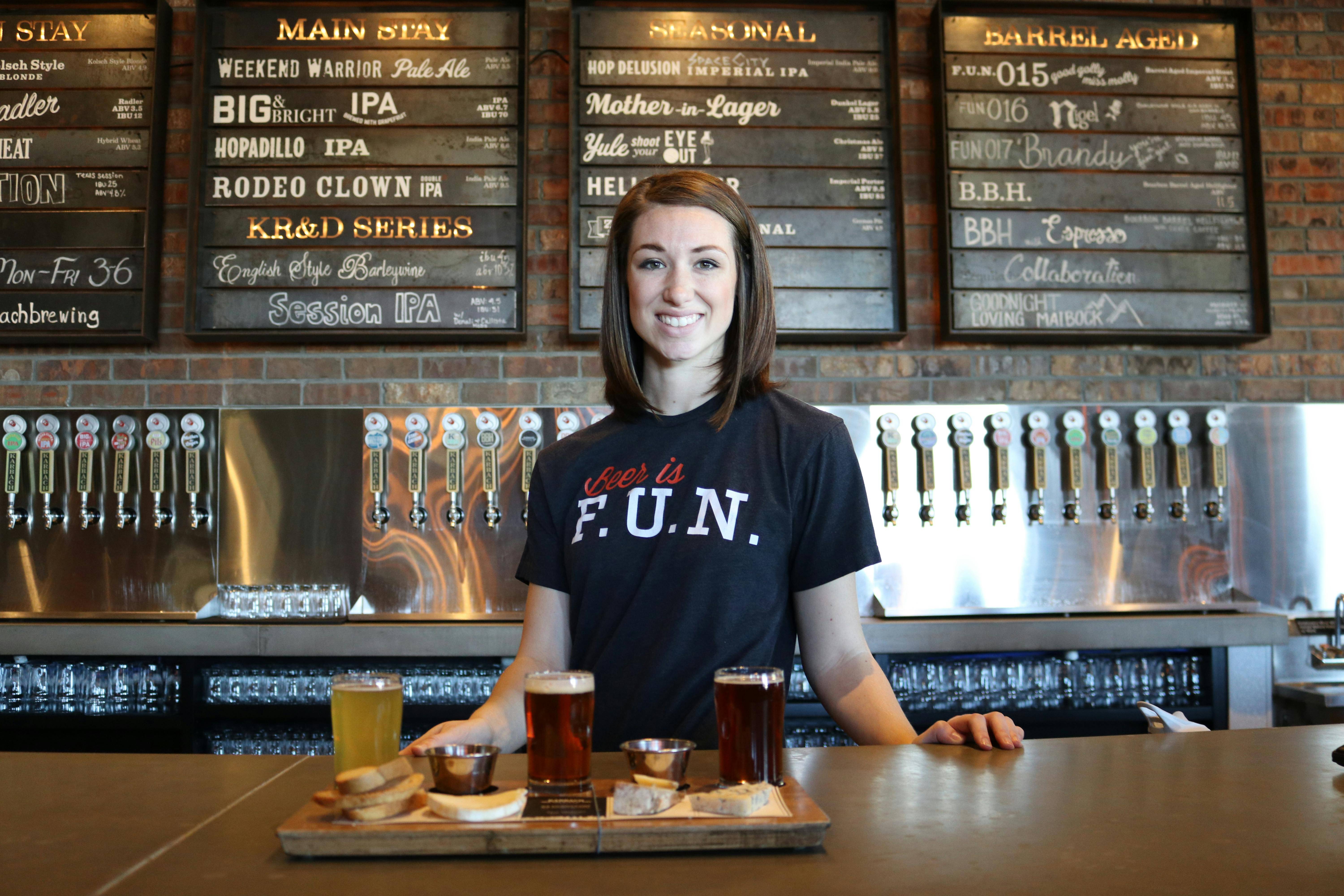
How To Successfully Start A Loyalty Program?
In today’s crowded market, it’s essential to keep your customers coming back for more. One of the best ways to do this is by offering a loyalty program that rewards your regular customers. In fact, 52% of customers say they are more likely to shop with a brand that offers a loyalty program (SAP Customer Loyalty Index).
If you’re running a business, building a great loyalty program can transform your one-time visitors into long-term customers. But it’s not just about giving away freebies. A well-designed loyalty program helps boost repeat sales, keeps customers engaged, and builds a stronger relationship with your customers.
Let’s break down four key factors that will help you create a successful loyalty program for your business, and how Clique can help you do it.
1. Program Size
Start Small, Scale Smart
Think of your loyalty program like a garden. You wouldn’t plant thousands of seeds without testing the soil first. The same goes for your loyalty program—you need to understand how many of your customers will actually join.
- Estimate how many people will join: If you have a small but loyal customer base, you can start with a small group, like your regular customers, and then gradually grow the program. This helps you figure out the costs and how much effort you need.
- Test before you launch: Imagine you’re running a "Buy 9, Get 1 Free" coffee card for your regulars. Start with a few customers and track how they’re using the card. Are they coming back more often? Are they spending more on each visit? This helps you fine-tune the program before you roll it out to everyone.
- Scale when ready: Once you see that the program works well for your loyal customers, it’s time to open it up to a wider audience, like new customers or those who visit occasionally.
2. Loyalty Margin
Maximize the Value of Rewards Without Breaking the Bank
You might think offering a free coffee or snack every time someone buys 9 drinks sounds expensive. But don’t worry! A loyalty program doesn’t have to hurt your bottom line if you plan it right. This is where Loyalty Margin comes in.
- What is Loyalty Margin? It’s the difference between the value your customers see in the rewards (like a free coffee) and the actual cost to you (what you pay to make the coffee). The more you can offer valuable rewards at a low cost to your business, the better!
- Example: If you offer a free drink after 9 purchases, that’s a great reward because it encourages people to buy more drinks. But the cost of giving away a coffee is far less than the extra sales you make from customers coming back more often.
- Tip: You can offer more affordable rewards like a small discount or a free pastry instead of a full drink, depending on what works best for your business. The key is to find rewards that feel valuable to your customers without costing you too much.
3. Incremental Share
Track the Growth of Repeat Business and Customer Engagement
Here’s where you really start to see the benefits of your loyalty program: it encourages customers to come back more often. The more customers use the loyalty program, the more they’re spending and the more often they’re returning.
- What is Incremental Share? This refers to the extra business your loyalty program brings in that wouldn’t have happened without the rewards. For example, a regular customer might stop by only once a week, but with a loyalty program, they could start coming in twice a week to earn their reward faster.
- Example: Imagine your loyalty program gives a small discount on coffee after the customer has earned 5 points. This small incentive might get a customer to stop by an extra time that week, increasing sales for your business.
- Tip: Try tracking how much extra business your regulars are bringing in after they join the loyalty program. If the rewards are bringing them in more often, you’re on the right track!
4. Loyalty Breakage
Minimize Unused Rewards
“Loyalty breakage” might sound like a confusing term, but it’s simply the amount of rewards customers earn but don’t redeem. This can be a problem because when rewards aren’t used, they don’t bring in the extra sales you were hoping for. It’s important to keep breakage low by making sure your customers are motivated to redeem their rewards.
- What is Loyalty Breakage? Imagine your customer earns 5 free drink points but never uses them. That’s money lost for your business. The goal is to get customers to use their rewards so that they keep coming back for more.
- Example: If you offer rewards that are too hard to redeem (like having to wait for months to use a free coffee), customers might forget about them. Make the rewards easy to use and offer them regularly so they feel valuable.
- Tip: Keep rewards simple! Offer small rewards that are easy to redeem (like a free pastry after 5 visits) and avoid confusing rules. You can also send customers reminders through email or text to encourage them to use their rewards.
Optimizing Your Loyalty Program with Clique
At Clique, we understand that every business is unique. That’s why our loyalty program is designed to be easy, flexible, and built specifically for small businesses like yours. With Clique, you can:
- Track customer behavior and engagement easily.
- Customize rewards that work best for your businesss.
- Make the redemption process simple and customer-friendly.
Ready to turn your loyal customers into your best ambassadors?
Start building a loyalty program today with Clique, and watch your repeat business grow.
Get Started with Clique and build a loyalty program that keeps your customers coming back for more!
%201%20(1).png)

